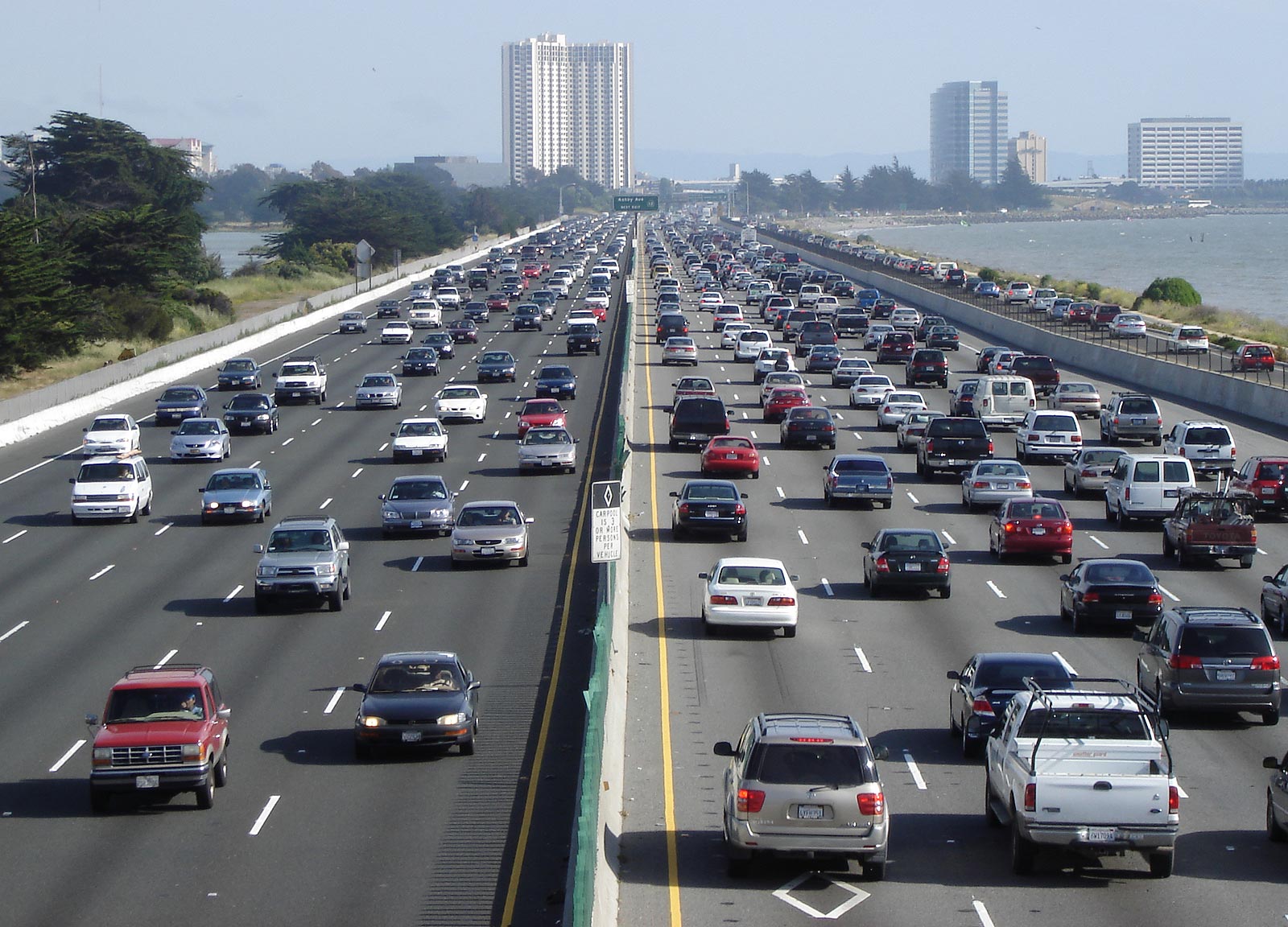Finally, the penalties for disobeying traffic laws have become quite hefty in India, but will it make a difference to the way India drives? On Monday, 24 June, the Union Cabinet approved the Motor Vehicles (Amendment) Bill that proposes hefty penalties for violation of traffic laws.
This has been a long time coming. This 2017 Bill, pending approval in the Rajya Sabha, lapsed after the term of the 16th Lok Sabha ended. However, according to a PTI report, the Cabinet has been cleared and will be presented to parliament in the current session. It will then be notified to be enforced by authorities.
The Motor Vehicles (Amendment) Bill has significantly changed the Motor Vehicles Act of 1988 (a revised one). Under the new Bill, as seen in the chart above, the fines for drunk driving or driving after being disqualified have been sharply increased from Rs 500 to Rs 10,000.
In addition, not giving way to emergency service vehicles such as ambulances, fire services, or police vehicles will entail a stiff penalty of Rs 10,000. This provision was not there in the earlier Act. Besides the revised fines, the Bill also documents changes in issuing driving licenses. For example, using the Aadhar number is now compulsory for applying for driving licenses and vehicle registrations.

Also, driving licenses in India were valid for 20 years or until the person turns 50. Now, driving privileges will be good for only ten years for those between 30 and 50. If someone gets a permit between the ages of 50 and 55, it will be valid till age 60, while for those who renew their licenses after age 55, the validity of the renewed claim will be for only five years.
Insurance payout limits on third-party insurance have been removed. This has already been reflected in the steep hike in third-party insurance premiums, too, purchasing new vehicles more expensive. Manufacturers can no longer pass off substandard or defective cars to consumers. The Bill provides for mandatory recall of vehicles if proven to be a danger to other road users. The Motor Vehicles (Amendment) Bill will be presented to parliament in this 2019 monsoon session. It will then be notified to authorities.
Meanwhile, the Ministry of Road Transport and Highways has asked to standardize driving license formats nationwide. These will all be linked online in its “Sarathi” database, which will store information about the license holder and challans issued. It already has about 15 crore driving license records available. The government has also started giving e-challans for violations, directly reaching owners of the vehicles found violating rules. These fines can also be paid online on the government’s Parivahan website. However, not everyone is convinced of its implementation.





